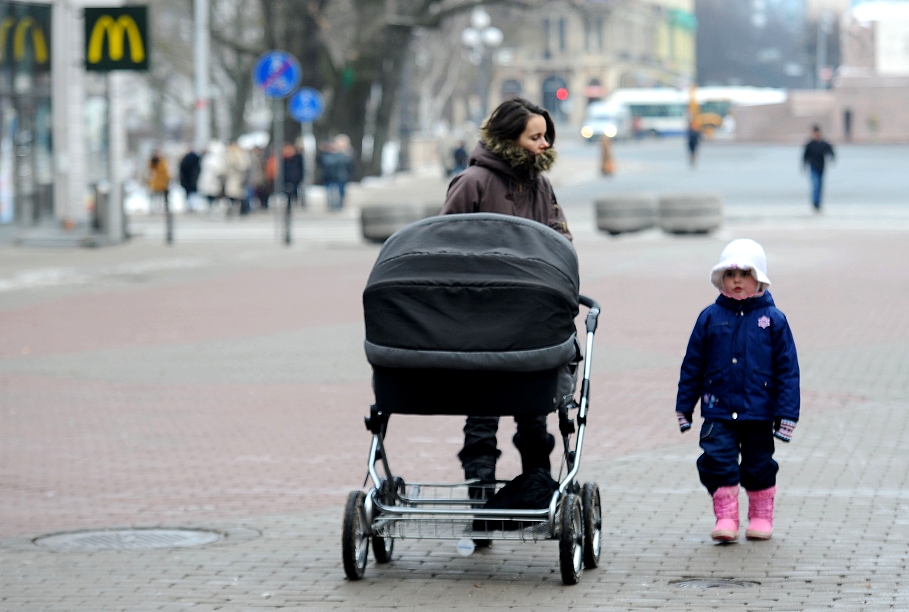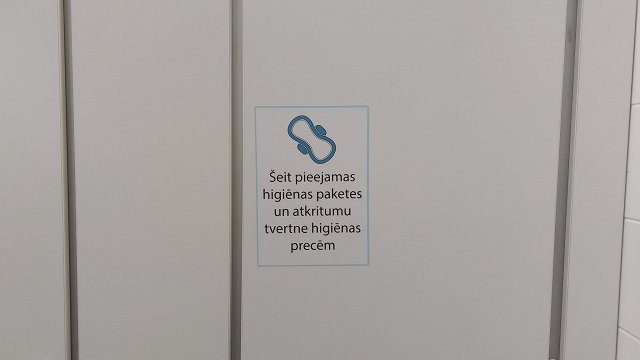Rus.LSM.lv asked VSAA for the planned and actual figures for 2019 (pre-pandemic), 2022, and the plan for 2023.
Regarding the methodology used in planning, VSAA said only “analysis of the reference data”.
Mortality
In the “epidemiologically peaceful” 2019, the forecast was quite accurate, although the plan (luckily) wasn't met. The budget provided funds sufficient for 2,267 funeral benefits per month, but in fact an average of 2,169 allowances per month, or 26,028, rather than 27,204 funerals throughout the year (the difference was -5.6%).
In 2022, more funds were earmarked for funeral benefits, but more was actually needed. Yet the forecast again proved quite accurate: An average of 2,312 payments per month was expected, while the number was actually 2,386. During the year, benefits were received 28,632 times, although 27,744 were planned (+3.2%).
The plan for 2023 looks a little more optimistic – VSAA employees estimate 27,456 funeral benefit payments, an average of 2,288 times a month.
Birth rate
Expenditure on the costs of the birth allowance for 2019 was planned for an average of 1,667 newborns per month. However, there were actually 1,542 benefits per month. Instead of 20,004 planned newborns, benefits for only 18,504 newborns were paid (7.5% less than expected).
Birth rates were initially scheduled to fall in 2022, but the result didn't justify even those reduced expectations. Benefits were planned at an average for 1,460 children a month but on average about 1,319 children a month, respectively 17,520 and 15,816 all year (the difference was -9.8%).
The plan again foresees a reduction this year. 1,415 birth benefits per month, or 16,980 throughout the year, are planned.
Comparison with other stats
The number of birth and burial benefits paid to the VSAA is overall consistent with the demographic trends shown in the data published by the Central Statistical Bureau (CSP).
In 2019, according to the CSP, 18,786 were born in the country and 27,719 people died – birth rates were slightly higher, but mortality was significantly higher than the number of benefits paid (by 282 and by 1,691, respectively).
In 2022 with the lowest birth rates in 100 years, according to CSP data, 15,535 were born, while 30,346 people died. The actual birth rate was slightly lower than the number of birth benefits (by 281), but real mortality was higher – and again significant (by 1,714). The data for the past year are provisional, the final data are usually published by the CSP at the end of May.
The VSAA stresses in particular that the number of benefits paid and the number of deaths and newborns is not the same. There are people who are entitled to benefits, but for some reason, they have not been requested, and the other way around.
However, in the statements of the VSAA, the data are linked not to the date of birth or death but to the date of the payment. Therefore, it all depends on when the benefit is requested. The right to apply for a benefit is six months from the time of birth or death, which means that some of the payments can be made the following year.
VSAA Plans and Finance Department Head Irina Vihareva said that the funds allocated for that year, which remained unused during the planned period, are either transferred back to the general budget at the end of the year or remain in the special budget (which is simply referred to as the “social budget”) account, depending on which budget resources are available. The remaining special budget funds may be spent in subsequent periods in accordance with the appropriations allocated to the State budget (financial priorities).


























